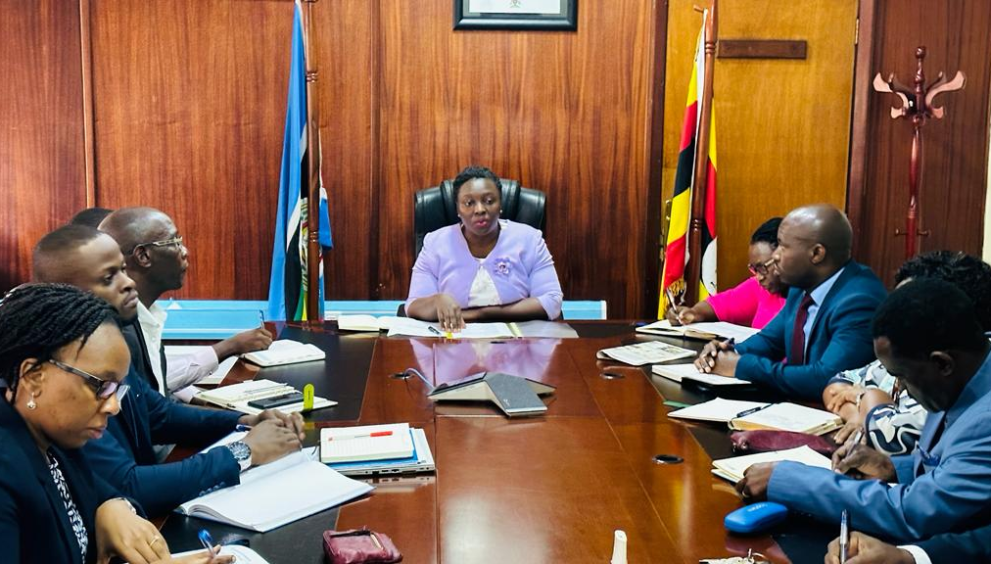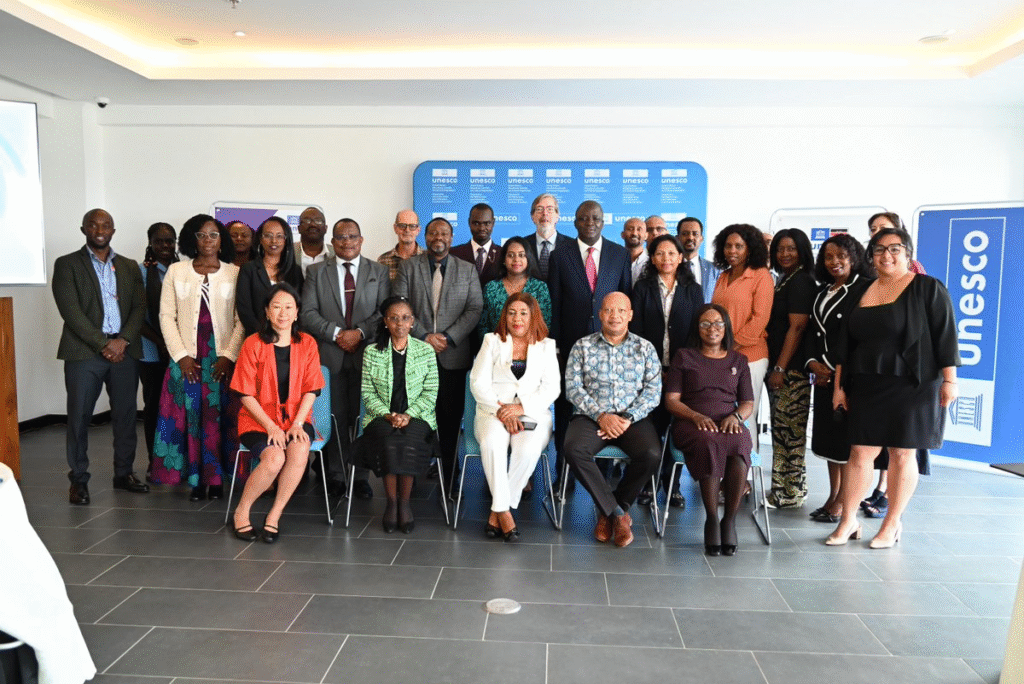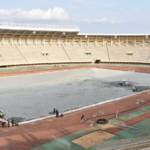Powering Progress: The Electricity Access Scale-up Project in Uganda

The Electricity Access Scale-up Project (EASP) in Uganda, funded by the World Bank with US$638 million, aims to connect one million new grid connections and implement 150,000 off-grid connections and clean cooking solutions. The project supports the Government of Uganda’s efforts to increase electricity access for households, refugee communities, industries, and public institutions, aligning with national development plans and Sustainable Development Goal 7.
The project management team on the Electricity Access Scale-up Project (EASP) reported to work to kick-start the Government of Uganda’s latest efforts to connect one million new grid connections.
The US$638 million (about Shs2.36 trillion) five-year World Bank-funded Project will also support the implementation of up to 150,000 off-grid connections and clean cooking solutions through various financial intermediation measures.
The EASP is designed to support government of Uganda efforts to increase access to electricity for households, refugee and host communities, industrial parks, commercial enterprises and public institutions to spur socio-economic transformation. The steps are in line with Uganda’s Vision 2040, the National Development Plan (NDP II and III), the 2018 – 2027 Electricity Connection Policy (ECP) adopted in January 2018 and to meet the Sustainable Development Goal 7 (SDG 7) of Achieving Universal Energy Access by 2030.
While receiving the initial 10-man Project Management team at the Ministry of Energy and Mineral Development (MEMD) headquarters at Amber House in Kampala, the Permanent Secretary, Ms Irene Bateebe, urged the EASP team to hit the ground running.
“This is a critical project for the Government of Uganda. This team has a noble calling to improve the livelihood of 46 million Ugandans,” said the PS, adding that she was confident that the team has the requisite skills, having come on board through a rigorous meritocratic process.
She said the EASP will build on earlier Government initiatives in the energy sector, to support the expansion and strengthening of the electricity distribution network, scale-up service connections within the network, and clean cooking services and technologies.
Pledging support to the EASP team to enable the execution of its mandate, the permanent secretary called on the team to set high standards while raising the electricity access rate in the country. “We are continuously improving on our turn-around time in our work,” she said.
Eng. Edward Baleke, the EASP Project Coordination Manager, assured MEMD’s management of his team’s commitment to delivering the Project within its timelines. “We know the country’s target is to connect 10.4 million households to the national grid and through off-grid initiatives by 2030. The Project was approved in March 2022, and my team is committed to disbursing the US$638 million in the next four years as we move towards the target.”
The Project has two main Implementing entities – the MEMD and the Uganda Energy Credit Capitalisation Company (UECCC). During implementation, MEMD will closely coordinate with the Office of the Prime Minister, the Ministries of Health, Finance, Planning and Economic Development, Justice and Constitutional Affairs, Local Government, Education and Sports, Water and Environment and all key government of Uganda stakeholders.
Besides Eng. Baleke, other members of the Project Coordination Unit that have reported included Bigirwenkya Stuart (Social Safeguard Specialist), Azaarwa Hilary Atamba (Project Accountant), and Abel Mutyaba (Environmental Safeguard Specialist).
Mr. Robert Fredrick Benjamin Mubiru heads the Project Implementation Unit comprising Ms. Sylvia Birungi (Connections Manager) and Eng. Kiboigo Nelson Junior (Grid Expansion Manager).
Other members are Eng. Sekitene Ronald Mukasa (Senior Planning and Design Engineer), Eng. Kizza Kazibwe Deogratius (Senior Planning and Design Engineer), and Namaganda Irene (Senior Connections Officer). Additional staff are expected to join the implementation team as the Project execution gains traction.







